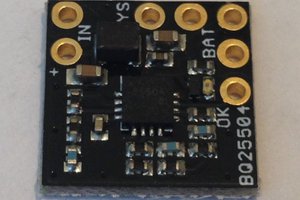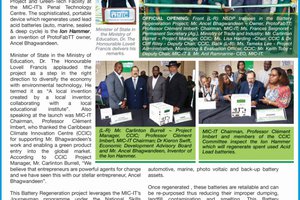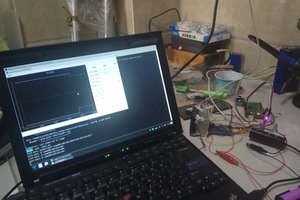Introduction:
While this is part two of the project it is actually a pre-sequel. It all started with some NiMh batteries that seemed to perform much worse than they should and the lack of a device to test it. Luckily that doesn't stop a maker, so the Battery Analyzer was born. While the first tests didn't take too long the self discharge tests just take their time.
How did I test?:
The first set of batteries was tested with the Battery Analyzer MkI which had a fixed load resistor, 5Ohm for AA and 10Ohm for AAA. The second set was tested with the MkII at a rate of 0.2C. Four tests were performed on each brand/size.
1) A base test of all four batteries in a pack with a rest time of 12 hours after charging
2) Two tests cycles of the same battery directly out of the charger (ooc)
3) A test of two batteries resting three months after charging (3 mos)
4) A test of two batteries resting six months after charging (6 mos)
The Results:

Let's start with the batteries that started the whole project, the conventional AA NiMh cells from the German supplier Conrad. As I thought they are quite bad, they fail to reach the advertised capacity by around 25% and the self discharge is quite strong, even in a low power application like a clock they won't last.
The other eight brands are pre-charged aka low self discharge batteries. Conrad again disappoints with their Endurance line, they have the highest deviation from the advertised capacity and one cell shows a significantly higher self discharge than the others. The MPower batteries from the Swiss store chain Migros show the lowest deviation from the advertised capacity, but lose points at the self discharge. The other brands are relatively similar, Energizer and Varta a bit on the weaker side while Eneloop stands up to its reputation.

The AAA's look quite similar, over all they are closer to the advertised capacity and have a slightly lower self discharge. The MPower cells are quite a bit better than the AA ones.
The following graphs show the amount of self discharge after three and six months in storage:


The conventional NiMh cells from Conrad are basically dead after six months, one was even down to 0.62V. The low self discharge batteries on the other hand still hold more than two thirds of their charge in most cases.


These last two graphs show the price per measured capacity. IKEA's Ladda batteries clearly win this race. Of course the prices in your location are different, you can find my spreadsheet with all the data where you can edit the price/cell on GitHub.
I hope this helps someone with their decision for rechargeable NiMh batteries which on the long run don't just save money, but also the environment.
 Moragor
Moragor
 Neal
Neal
 Kris Winer
Kris Winer
 mosaicmerc
mosaicmerc
Have you checked the indications that appear on the screen? I didn't find any significant differences in the voltage (1.11V on screen, 1.09V real), but there are big differences in the current @100mA, real 82mA and @500mA 420mA real.